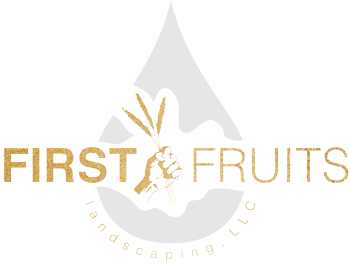If you’re planning to grow root vegetables in your garden bed, it’s important to take certain design considerations into account to ensure optimal growth and a plentiful harvest. In this article, we will explore some of the best designs and techniques that can help you create an ideal environment for your root vegetables. By implementing these strategies, you can maximize the potential of your garden bed and enjoy a successful vegetable garden.
Best Designs For Planting Root Vegetables In Your Garden Bed
Raised Beds
Constructing raised beds for growing root vegetables provides several benefits, including improved soil drainage and aeration, better control of soil quality, and easier maintenance. Raised beds also prevent soil compaction, which can hinder root development.
Deep Soil Preparation
Root vegetables like carrots, beets, and radishes require loose, well-draining soil for proper root development. Before planting, prepare the soil by loosening it to a depth of at least 12 inches (30 cm) using a garden fork or tiller. Remove any rocks, weeds, or debris that may impede root growth.
Companion Planting
Consider interplanting root vegetables with compatible companion plants. For example, onions and garlic deter pests that can damage root crops, while leafy greens like lettuce or spinach can provide shade to the soil, helping to keep it moist and cool.
Intercropping
Mixing different types of root vegetables in the same bed can maximize space utilization and offer natural pest protection. Combining crops like carrots, radishes, and beets in the same bed can create a diverse, visually appealing garden while discouraging pests specific to one crop.
Successional Planting
Rather than planting all your root vegetables at once, consider a succession planting approach. By staggering planting dates, you can ensure a continuous harvest throughout the season. Sow small amounts of seeds every few weeks to provide a steady supply of fresh produce.
Adequate Spacing
Proper spacing between plants is crucial to allow root development without competition. Consult the specific recommendations for each vegetable, but generally, aim for around 2-4 inches (5-10 cm) between smaller root crops like radishes and 3-6 inches (7.5-15 cm) for larger varieties such as carrots and beets.
Mulching
Applying a layer of organic mulch, such as straw or wood chips, around the base of root vegetables helps retain soil moisture, regulate temperature, and suppress weed growth. Mulching also prevents the soil from drying out too quickly, which can lead to stunted root development.
Watering
Root vegetables require consistent moisture to develop properly. Regular watering is especially crucial during germination and root formation stages. Ensure the soil remains consistently moist but not waterlogged. Use drip irrigation or soaker hoses to deliver water directly to the soil, minimizing moisture on the foliage.
Seasonal Considerations
Some root vegetables prefer cooler temperatures, while others thrive in warmer conditions. Take into account the specific requirements of each crop when planning your garden. For example, carrots and beets are cool-season crops, while sweet potatoes prefer warmer weather.
In Conclusion
Remember to check the specific planting recommendations for the root vegetables you intend to grow, as individual requirements may vary. By following these design principles and techniques, you can create an ideal environment for your root vegetables, leading to healthy growth and a bountiful harvest.
If you’re seeking information about your landscaping needs, we encourage you to get in touch with us. We’re here to provide you with comprehensive assistance and address any inquiries you may have regarding your maintenance or landscape design.

